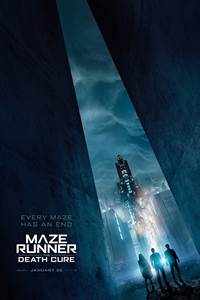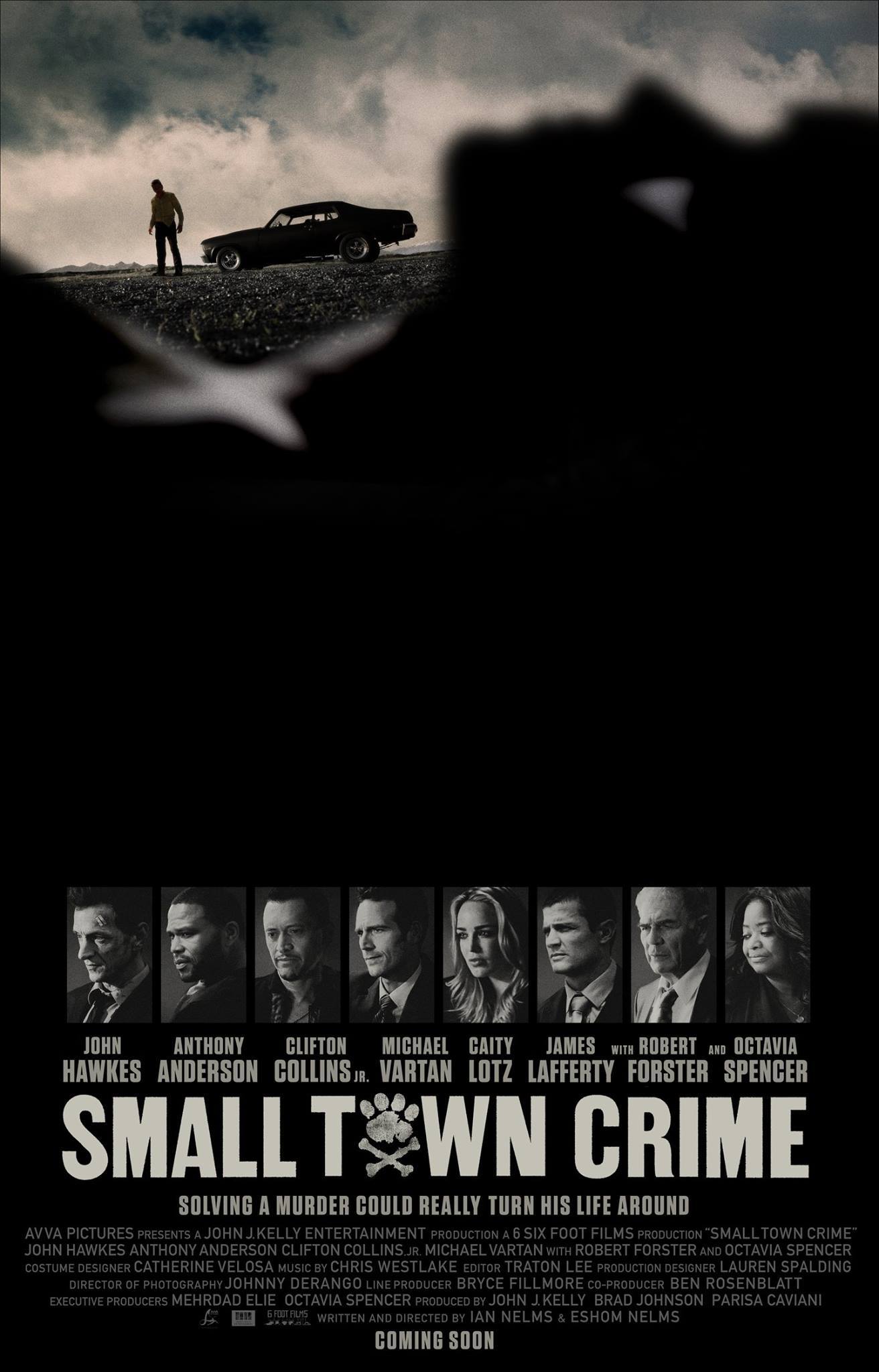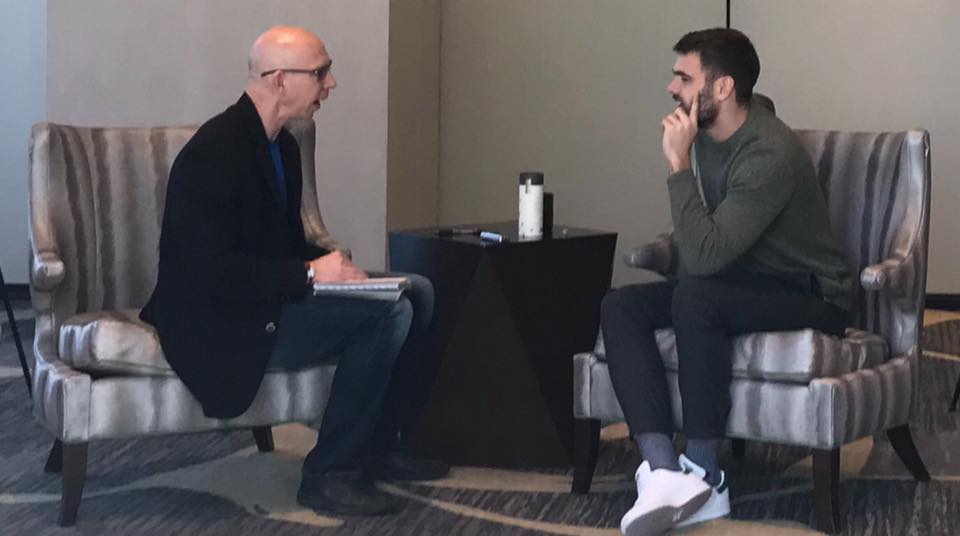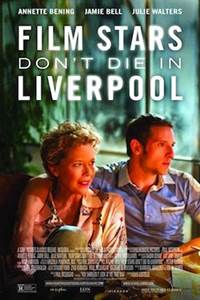Maze Runner: The Death Cure
Directed by Wes Ball
Screenplay by T.S. Nowlin, Based on The Death Cure by James Dashner
Starring Dylan O’Brien, Kaya Scoderlario, Thomas Brodie-Sangster, Nathalie Emmanuel, Giancarlo Esposito, Walton Goggins, Barry Pepper, Will Poulter, Patricia Clarkson
I find it a rather interesting exercise in thinking about why futuristic films aimed at young adults always paints a picture of fractured love or a dystopian future in which hope is the only way out. Films that I might think about from my childhood include Labyrinth, The Dark Crystal, The Never Ending Story, The Running Man, The Terminator . . . all three films present very adult themes, yet they are aimed specifically at young adults because at the time the films were released, we were future. The Maze Runner series is very much an amalgam of these films because they paint a fractured relationship in a dystopian future and the only way out is hope. And maybe just a little bit of team work.
Ah . . . team work. As a species, even if the rich and the powerful ever gain complete control over our society, the collective mind can be stronger. And, in Wes Ball’s Maze Runner: The Death Cure, the collective works together to get through the Ivory Gates, so to speak. In this instance, a rag tag group of Maze Runners is on the lamb, and WCKD wants them.
We don’t necessarily know why they’re wanted, but we’re not expected to. As viewers, we’re expected to go along for the ride, which unfolds over two hours and 20 minutes. It’s a run to be sure, but Thomas (Dylan O’Brien), Newt (Thomas Brodie-Sangster) and Frypan (Dexter Darden) are up to the challenge. After a rather strong chase to find their colleague, Minho (Ki Hong Lee) doesn’t pan out, they begin a journey towards the Last City, where they learn Minho is being tested on for a Flare cure.
It is on this journey, where friends and foes band together in one final assault on the walls of the Last City. It was nice to see Will Poulter is a less serious, but more dramatic turn than his turn in Kathryn Bigelow’s Detroit. And, before you crucify me for turning my nose up at Detroit, I thought he did a magnificent job there. This role here required less aggression and more drama/action. It’s a nice turn for him. Walton Goggins also has a smaller role which I enjoyed, but felt it could have been expanded. Giancarlo Esposito is one of the highlights of the film in his role as Jorge, the leader of the resistance.
On the inside of the Last City is Teresa, who was Thomas’s love interest in the first Maze Runner film. She turned tables on the team to work with WCKD to find a cure. Running as security for the facility is Janson (Aidan Gillen). His role takes an interesting twist towards the end of the film, but ultimately felt unsatisfying. Patricia Clarkson continues to surprise me. She can walk on the screen and, much like Meryl Streep, there’s a grace and an elegance about her that the camera loves, and it fits her role here perfectly. Then the third act happens, and as I mentioned with the Janson role, as the walls of the Last City crumble, so does the third act.
The film looks great. The effects were convincing and the danger felt real. The action sequences keep the momentum of the film going. There were several homages to classic Sci-Fi films which I appreciated. But the characters, and ultimately the payoff, didn’t truly materialize because the story’s focus was solely on Thomas. It is his story after all. However, the length of the film affected how the other characters in the story interacted with him. It was as if they tried to tie up too many loose ends from the other films in the series.
In theaters and on IMAX screens now, Death Cure offers many of the same tropes as the films I mentioned earlier. It just doesn’t work as well as the other films.
2.5 out of 4




















































